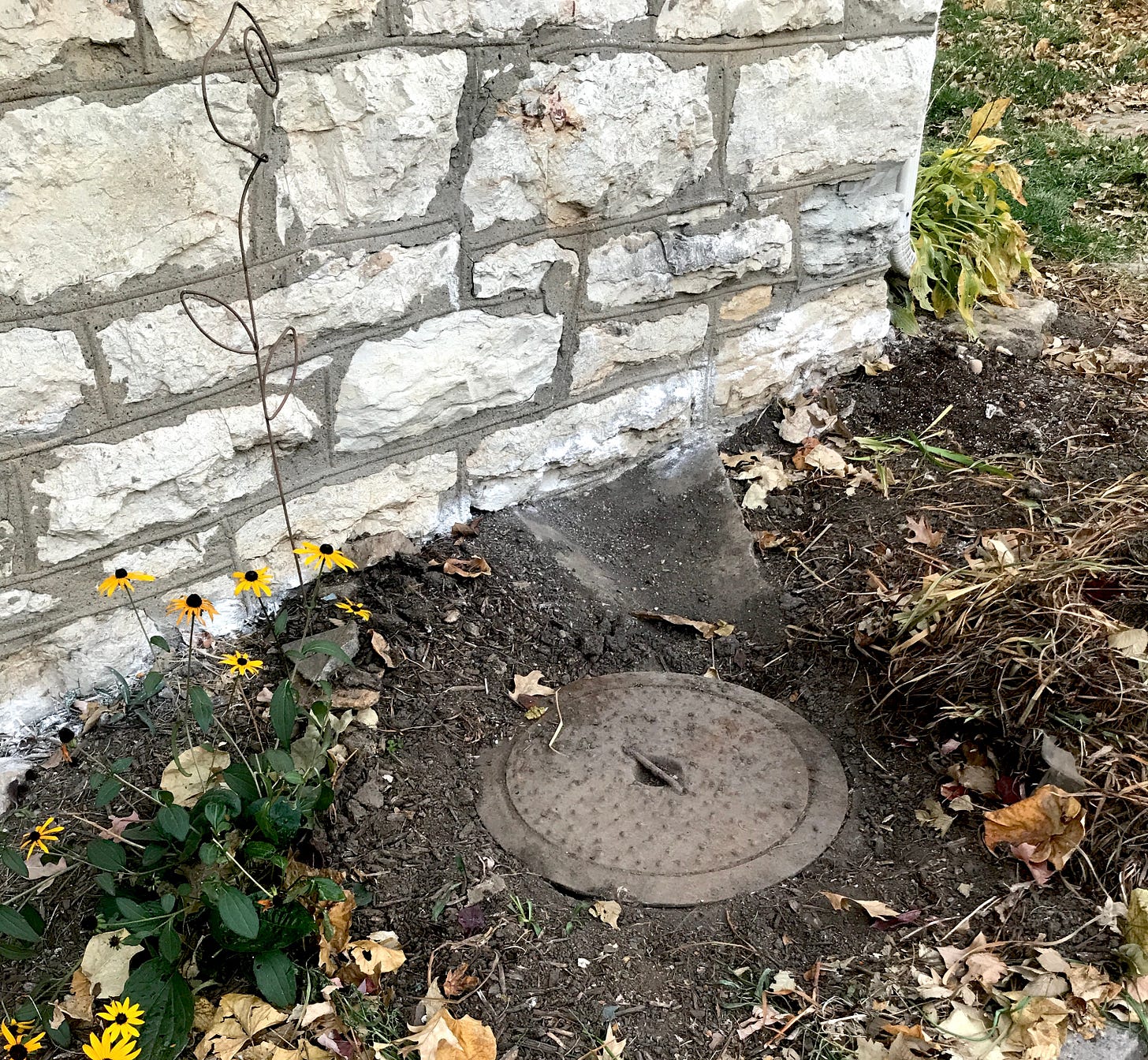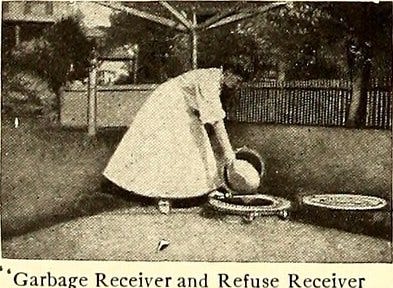A couple of weeks ago, my wife was uprooting some dense plants near the front door of our converted carriage-house home when she called for me to come outside.
“Look at this,” she said, lifting what appeared to be a manhole cover from the middle of a landscaped area that had previously been filled with thick, ornamental grasses.
I peered into the brick-lined hole, about two or three feet deep. We immediately set out to solve the mystery. However, given that we weren’t around in 1898 when the carriage house was built, nor did we know much about its subsequent history throughout the first half of the 20th century, we turned to the experts.
Yes, Facebook.
I posted photos on our Midtown neighborhood Facebook page, and it took only hours — possibly only minutes — before I received enough smart-ass replies to perform a stand-up routine.
But one man, David Zagalik (presumably a neighbor, and clearly a wise man — or at least highly proficient on Google), provided the answer that we all (even the smart-asses) were looking for: This structure, which was neither a cistern, well, sump pit, incinerator, septic tank, shelter, milk drop-off, booze hiding place, nor time-travel portal, was, in fact … a subterranean garbage receiver.
Yeah, it’s an early 20th-century underground trash can. However, back in those days, the definitions of “trash,” “garbage,” and “rubbish” were distinct. To quote the WGBH article that Zagalik posted about our mystery: In the early to mid-20th century, “…no civilized person would throw their garbage in the rubbish.”
Before garbage disposals and plastic trash bags were invented, dry trash and goopy, rotting garbage were separated. The decomposing garbage — mostly food scraps and other organic items—were placed in the subterranean receiver in an attempt to contain the smell, limit flies and rodents, and keep the pets away.
Garbage collectors and trash collectors—whether they were the same individuals or not—had distinct responsibilities. Garbage collectors were tasked with the unenviable job of removing the receiver covers, lifting out the cylinders containing the garbage, emptying them into their truck, and then returning them to the ground. I read that some towns performed this task twice a week.
So, with that mystery solved, perhaps our next endeavor will be to delve into the minimally documented history of our home serving as the Kansas City Art Guild in the 1960s and ’70s. Alternatively, we could attempt to sort out the conflicting reports regarding which neighboring home actually owned our carriage house. Or, we could explore the origins of a professionally made, in-ground headstone memorializing a cat in our side garden.
History, man.







